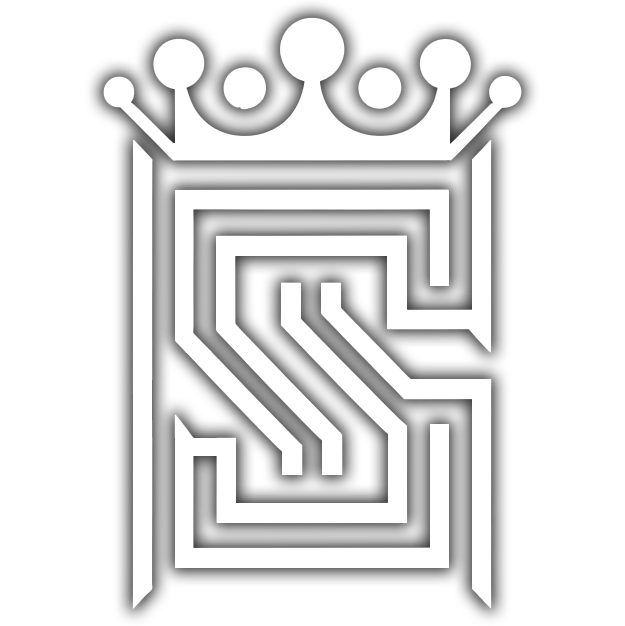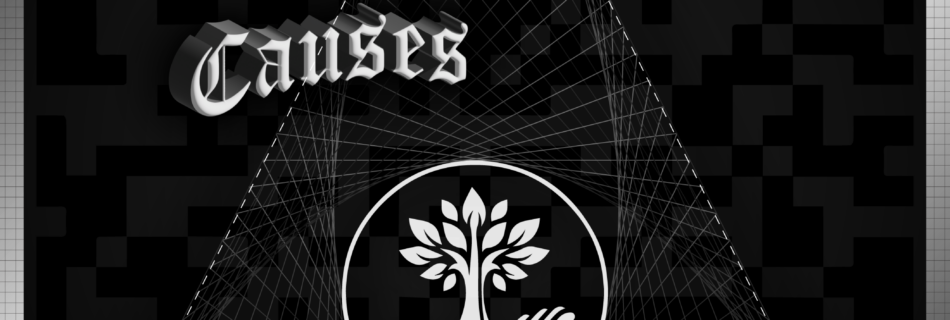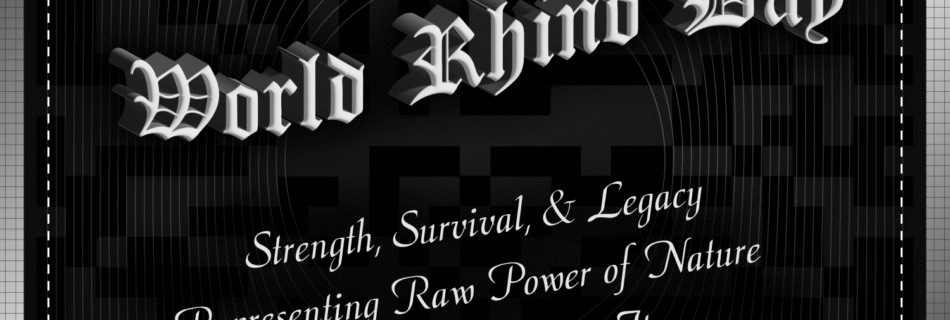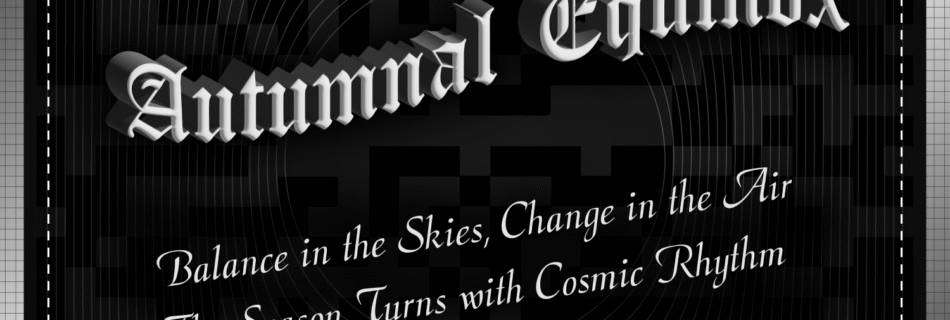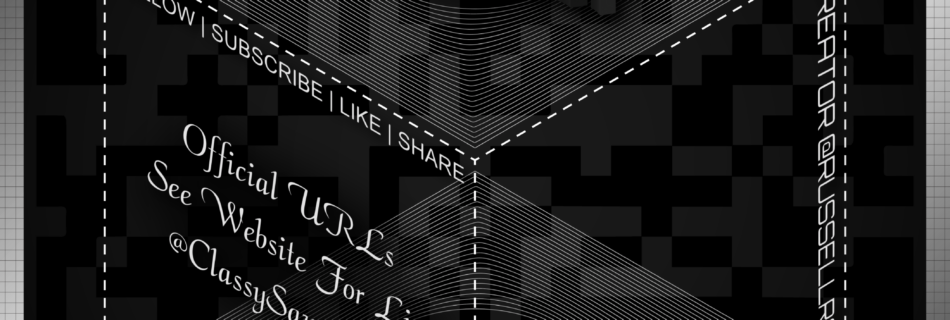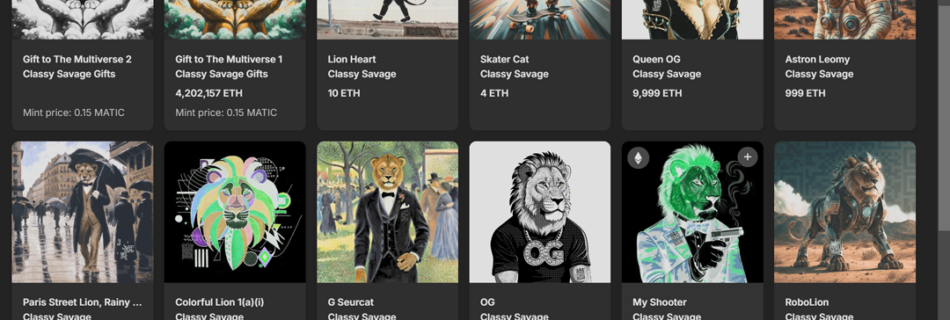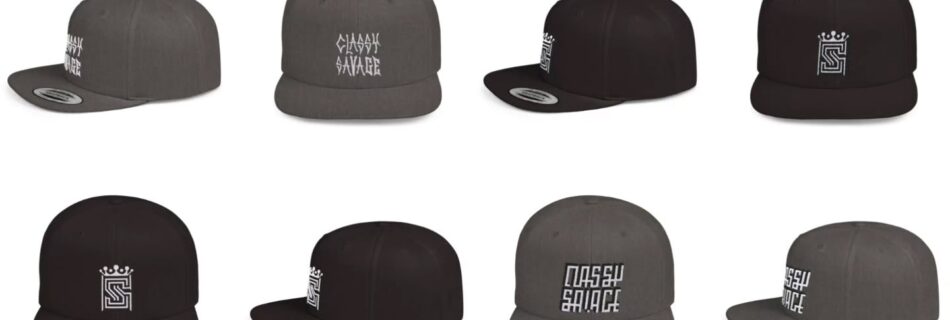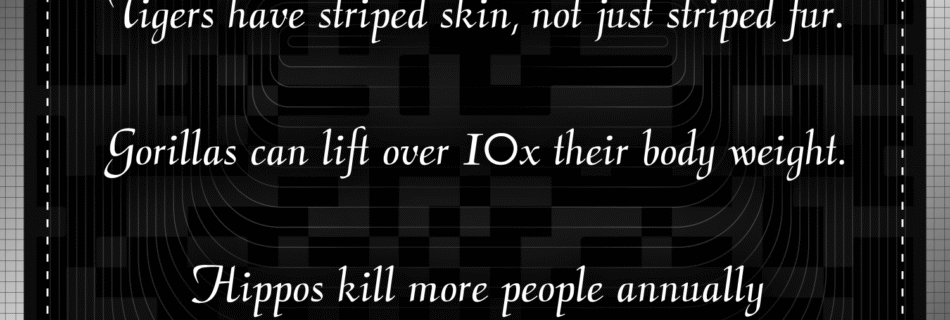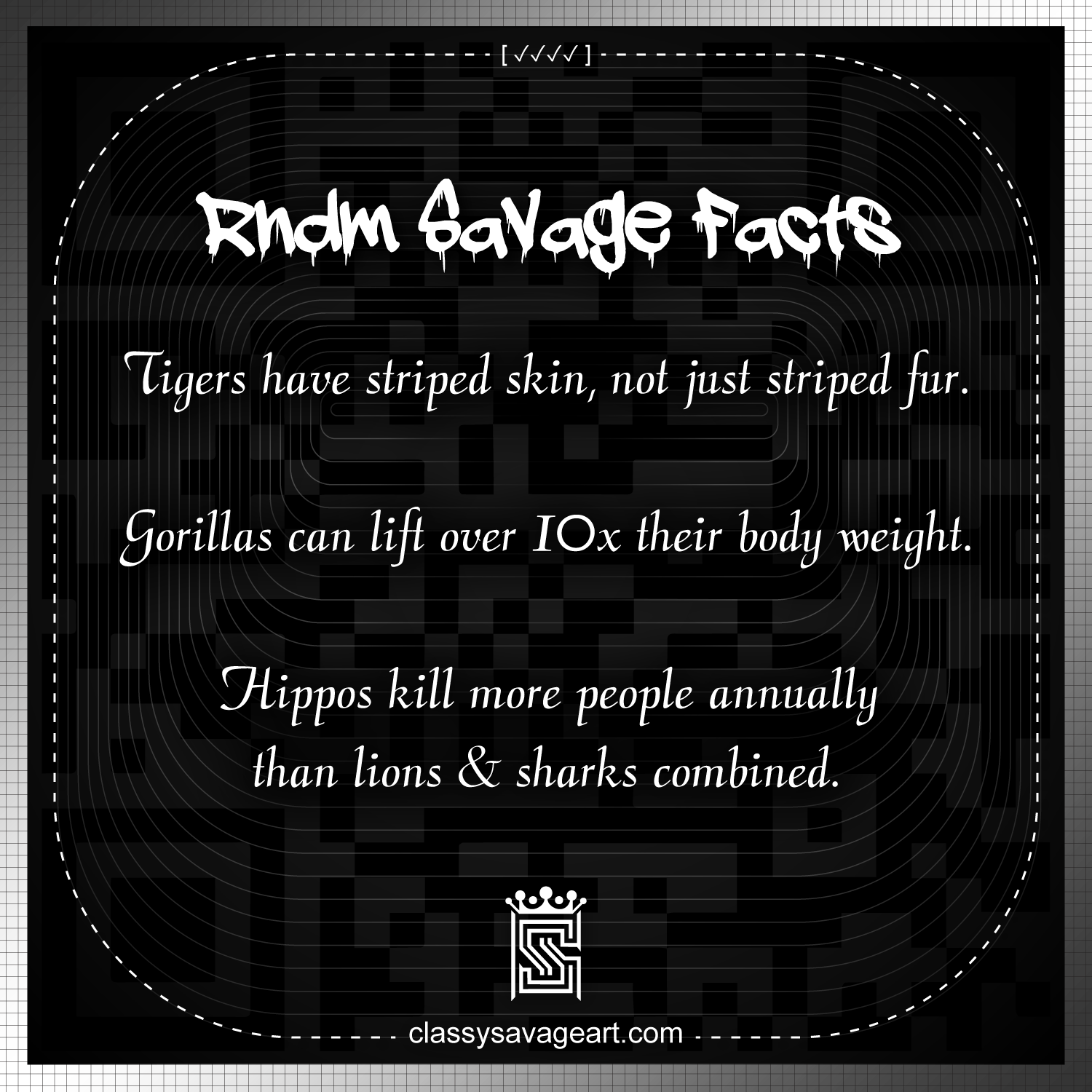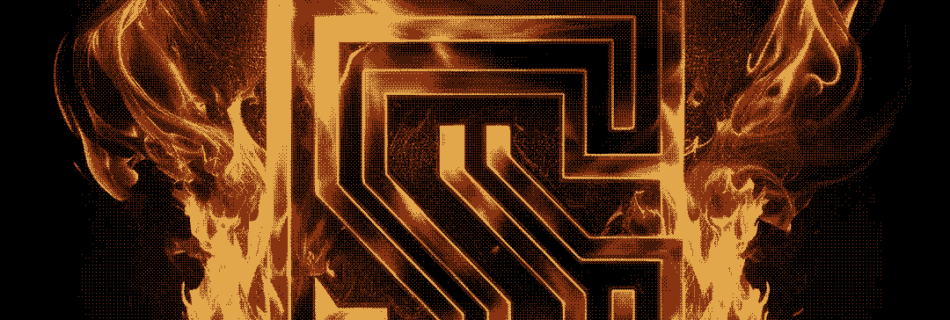Framed Canvas Print
-

Framed Canvas Print
Price range: $100.00 through $310.00 Select options This product has multiple variants. The options may be chosen on the product page
Original NFT & Story
@ classysavageart.com/drip-lion
Purchase This Remastered NFT
World Rhino Day
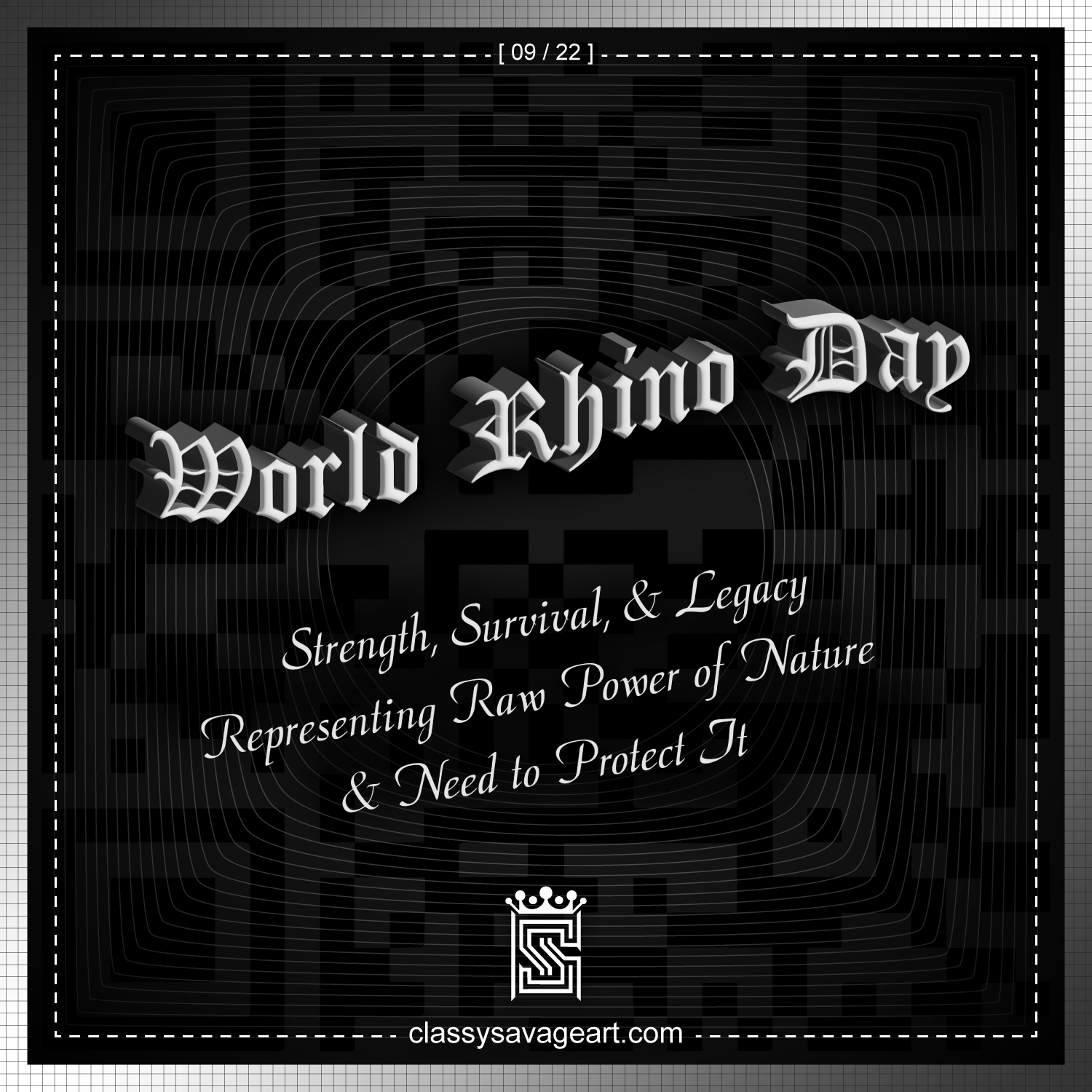
Strength, survival, and legacy—rhinos represent the raw power of nature and the need to protect it.
The Fight for Survival
World Rhino Day, observed on September 22, raises global awareness for the protection of rhinos and their habitats. These magnificent creatures—symbols of power and resilience—are among the most endangered animals on the planet. Five species remain: White, Black, Indian, Javan, and Sumatran. Each faces threats from habitat loss and poaching, driven largely by demand for rhino horn.
In 2025, World Rhino Day is not just about saving a species—it’s about protecting an icon of wild strength and ensuring that future generations inherit a planet rich with biodiversity. Classy Savage by nature, rhinos embody a rare mix of primal force and quiet elegance. Their survival depends on human action, advocacy, and commitment to conservation.
Vibes
Raw, bold, and resilient—an untamed symbol of strength worth fighting for.
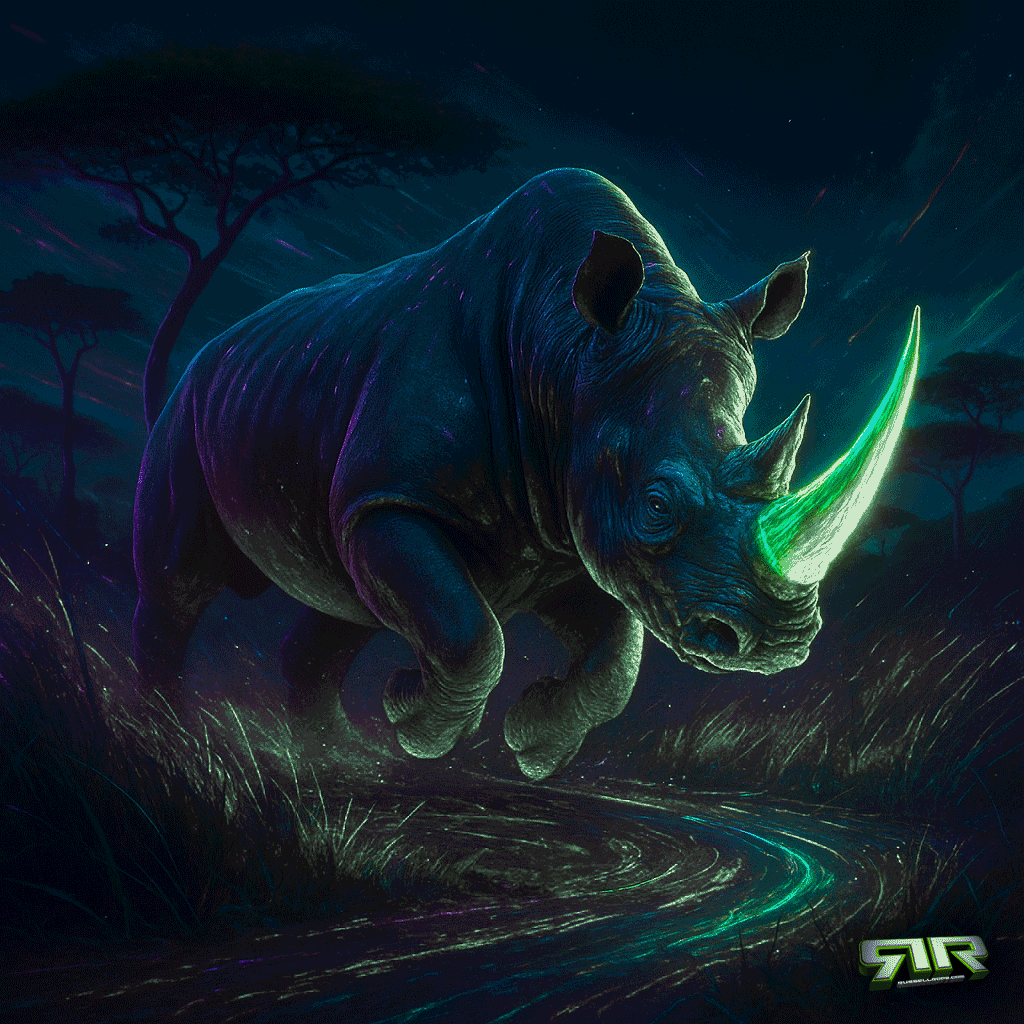
How to Celebrate
- Support organizations dedicated to rhino conservation
- Share facts, images, or videos of rhinos to raise awareness
- Refuse to support products tied to poaching or habitat destruction
- Visit wildlife sanctuaries or adopt-a-rhino programs virtually
- Educate others about the importance of biodiversity and ecosystems
Pulse Check
Do you see the rhino as more of a symbol of primal strength—or as a reminder of how fragile even the mightiest species can be?
World Rhino Day reminds us that true power is not about domination—it’s about survival and respect for the natural world.
Interesting Facts
- Rhinos have existed for over 50 million years, making them one of Earth’s oldest living mammal groups.
- A rhino’s horn is made of keratin—the same protein found in human hair and nails.
- The Javan rhino is considered the rarest, with fewer than 80 individuals left in the wild.
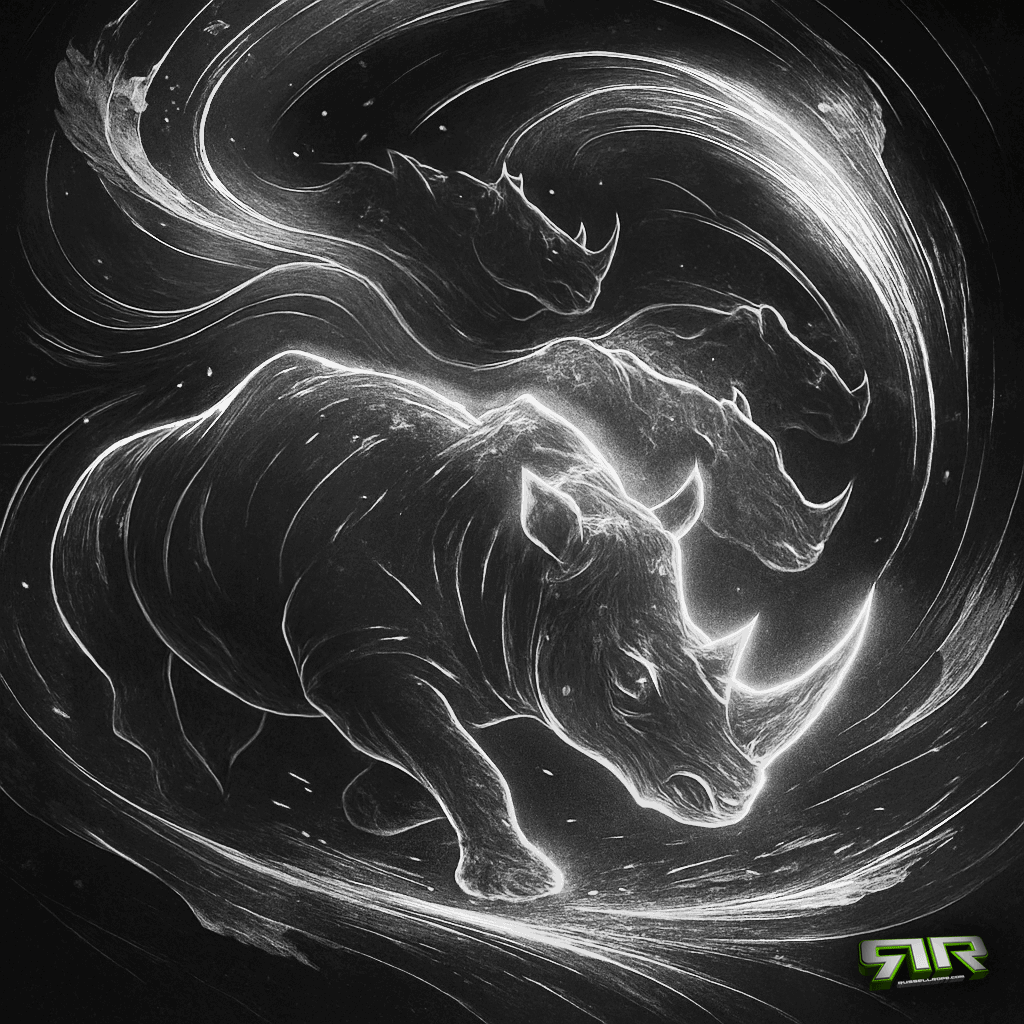
Verified Links
- World Wildlife Fund – Rhino Conservation @ worldwildlife.org
- International Rhino Foundation @ rhinos.org
- Save the Rhino International @ savetherhino.org
Popular Hashtags
#WorldRhinoDay
#ClassySavage
#SaveTheRhinos
#RhinoStrong
#WildlifeConservation
“The only way forward, if we are going to improve the quality of the environment, is to get everybody involved.” – Richard Rogers
“An animal’s eyes have the power to speak a great language.” – Martin Buber
“Wildlife in the world can only be protected by the love of compassionate hearts in the world.” – Mehmet Murat İldan
World Rhino Day is both a tribute and a call to action: protect the raw, majestic force of the rhino, and ensure its strength roams the Earth for centuries to come.
Autumnal Equinox
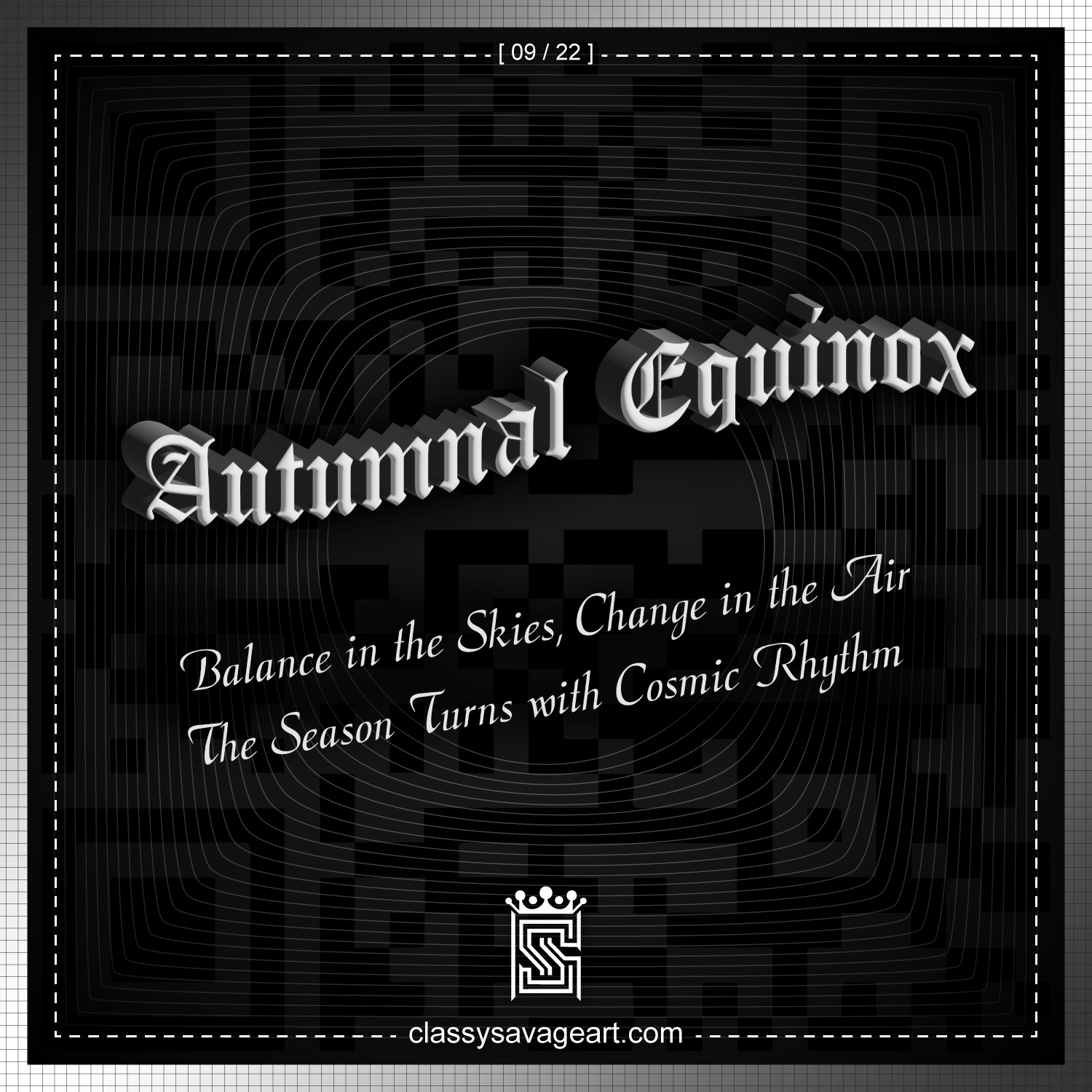
Balance in the skies, change in the air—the season turns with cosmic rhythm.
Turning of the Seasons
On September 22, 2025, the Autumnal Equinox arrives in the Northern Hemisphere, marking the official start of fall. The equinox is the moment when day and night are nearly equal in length, a celestial balance that has fascinated humanity for millennia. Ancient cultures built monuments like Stonehenge and Chichén Itzá aligned to this astronomical event, treating it as a time of ritual, harvest, and reflection.
Today, the Autumnal Equinox still resonates as a symbolic shift—out of the brightness of summer and into the introspection of fall. It’s a season of transition, abundance, and preparation. From harvest festivals to modern wellness practices, this cosmic checkpoint reminds us to embrace balance and celebrate change.
Vibes
Balanced, mystical, and reflective—nature’s reminder that cycles create harmony.
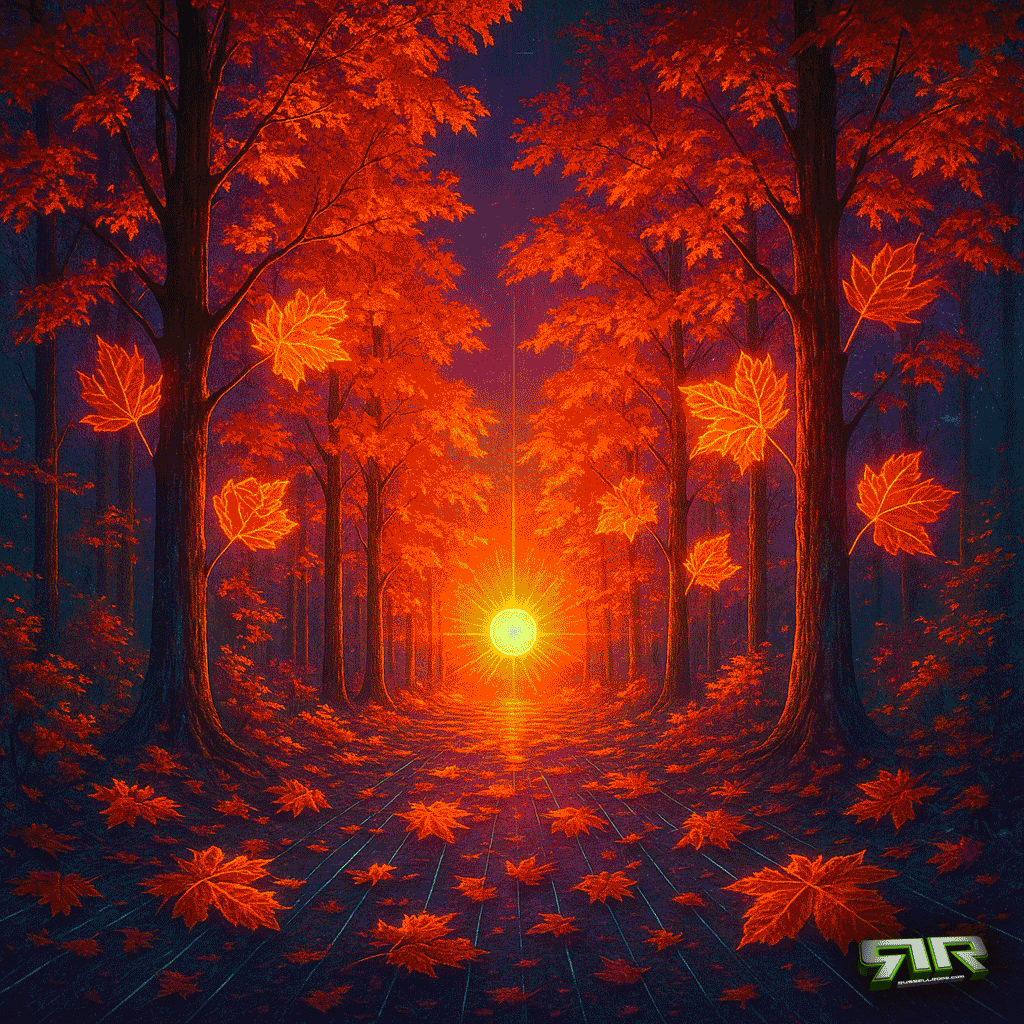
How to Celebrate
- Watch the sunrise or sunset and reflect on balance in your life
- Host a seasonal feast featuring autumn harvest foods
- Take a walk in nature to notice signs of seasonal change
- Try a meditation or yoga practice focused on balance and grounding
- Honor ancient traditions by learning how different cultures marked the equinox
Pulse Check
What does “balance” mean to you—equal parts work and play, or a deeper alignment of body, mind, and spirit?
The equinox is both astronomical and personal—a universal moment that invites reflection on where we’ve been and where we’re going.
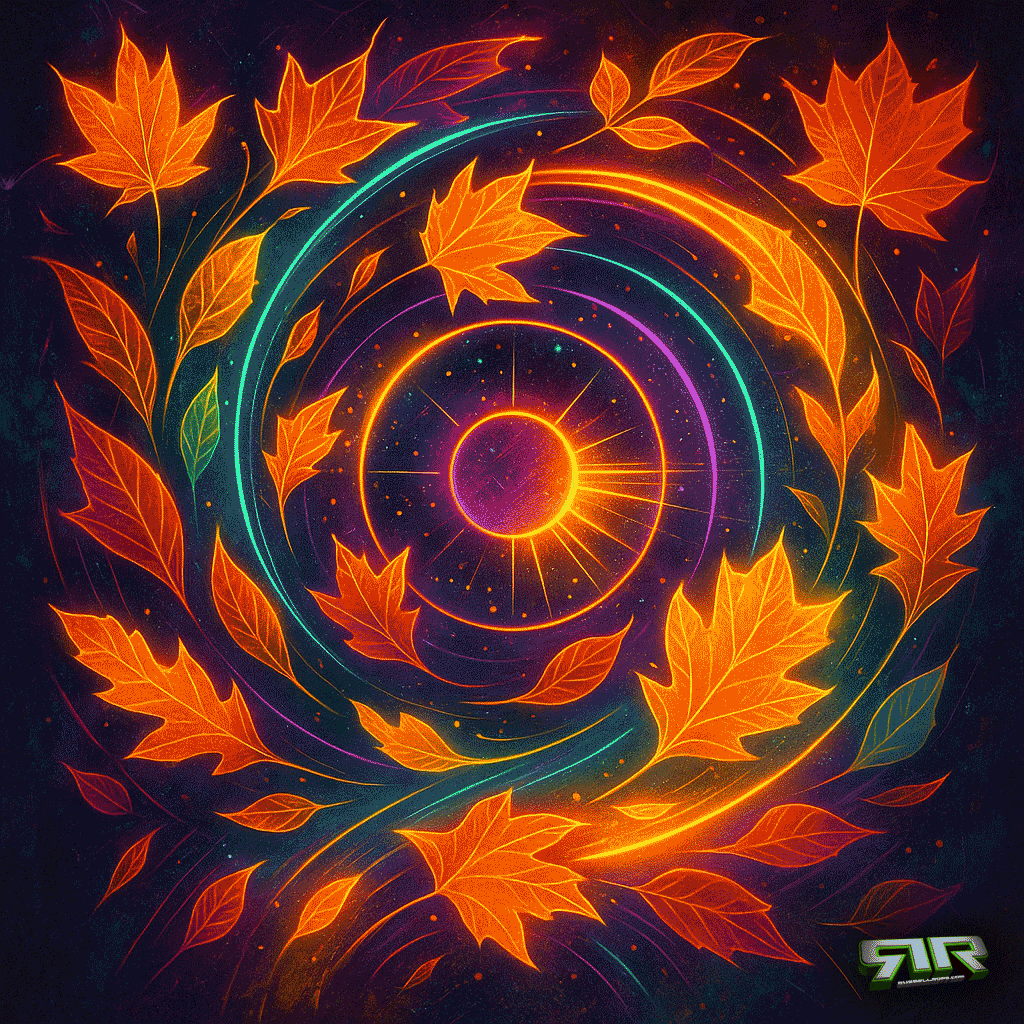
Interesting Facts
- The word “equinox” comes from the Latin aequus (equal) and nox (night).
- On the equinox, the sun rises directly in the east and sets directly in the west.
- Both hemispheres experience equinoxes, but when it’s autumn in the north, it’s spring in the south.
Verified Links
- NASA – Seasons and Equinoxes @ nasa.gov
- U.S. Naval Observatory – Equinox and Solstice Data @ usno.navy.mil
- Smithsonian – Cultural Meanings of Equinoxes @ smithsonianmag.coSmithsonian – Cultural Meanings of Equinoxes @ smithsonianmag.com
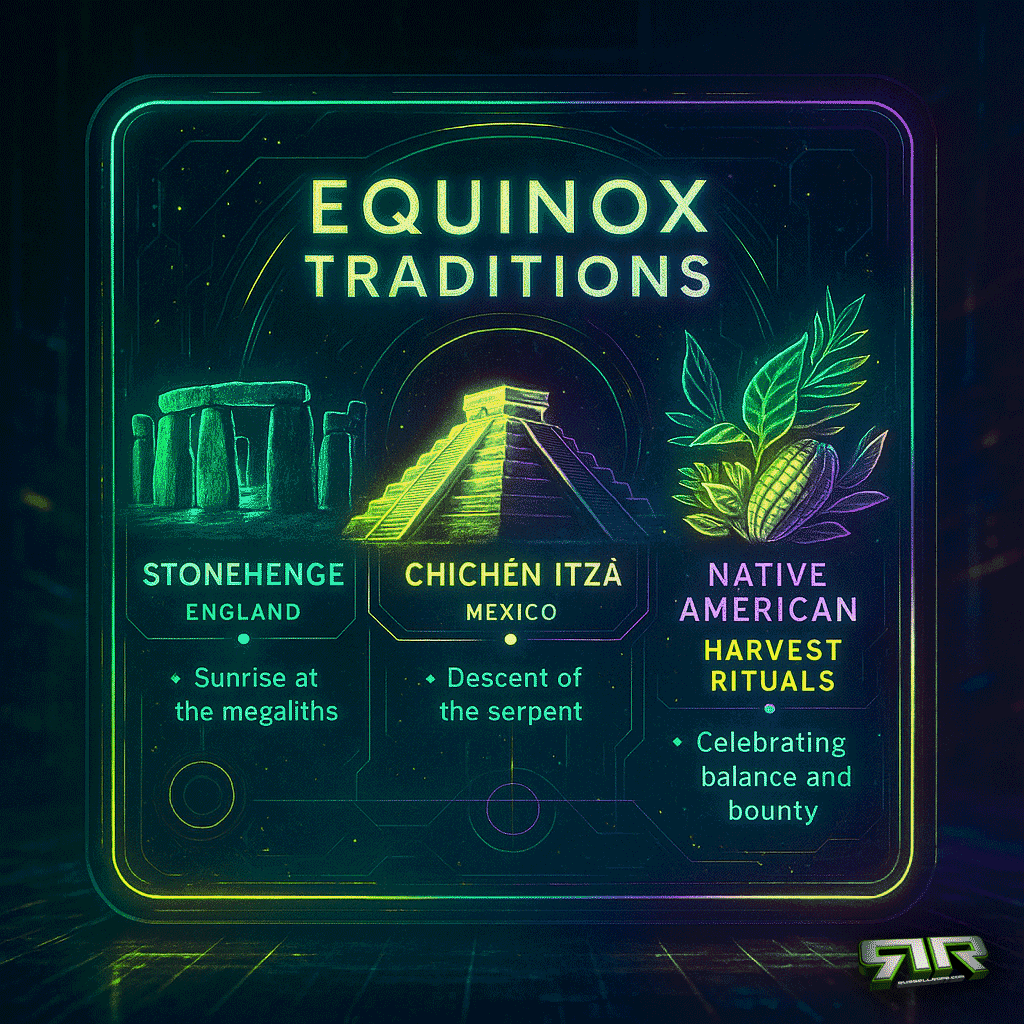
Popular Hashtags
#AutumnalEquinox
#FallVibes
#SeasonsChange
#BalanceInNature
#HarvestSeason
“Life starts all over again when it gets crisp in the fall.” – F. Scott Fitzgerald
“Autumn is a second spring when every leaf is a flower.” – Albert Camus
“The winds will blow their own freshness… and the leaves will fall to give space for new growth.” – Bryant McGill
The Autumnal Equinox is more than the start of fall—it’s a reminder that balance brings beauty, and change is nature’s way of keeping us alive and in tune.
Connect
Contact Form | Newsletter Subscribe | Official Links
Contact Form | Newsletter Subscribe | Official Links
Buy NFTs @
- https://opensea.io/collection/classy-savage-nft
- https://opensea.io/collection/classysavage
- https://opensea.io/collection/classysavageart
Connnect @
CS @ OpenSea
Pending Active Lawsuit vs. Coinbase
Private Offers Considered; Connect
. . . .
Buy Classy Savage NFTs
@ opensea.io /collection/classy-savage-nft
@ opensea.io /collection/classysavageart
Also Available
@ rarible.com/classysavage
@ rarible.com/classy-savage-nft
@ magiceden.us/collections/ethereum/classysavageart
@ magiceden.us/collections/ethereum/classy-savage-nft
More NFT Drops & Coin NQ
Stay Tuned
Hat Steez
-
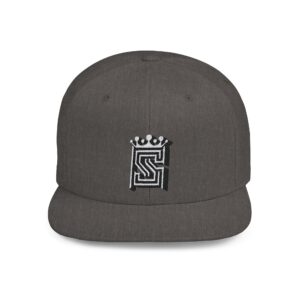
Flat Bill Snapback
$40.00 Select options This product has multiple variants. The options may be chosen on the product page -
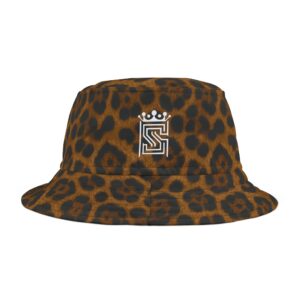
Jaguar Bucket Hat
$30.00 Select options This product has multiple variants. The options may be chosen on the product page -

Organic Ribbed Beanie
$30.00 Add to cart -
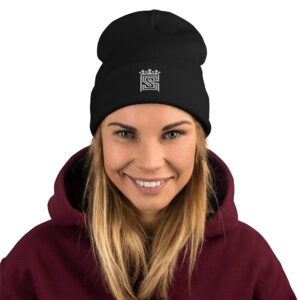
Embroidered Beanie
$30.00 Add to cart -
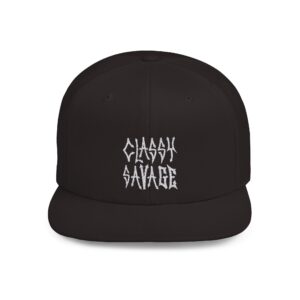
Flat Bill Snapback
$40.00 Select options This product has multiple variants. The options may be chosen on the product page -
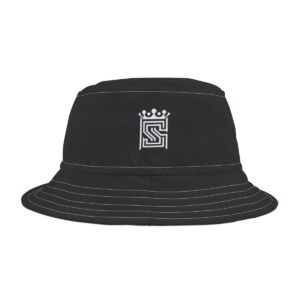
Bucket Hat
$29.00 Select options This product has multiple variants. The options may be chosen on the product page -
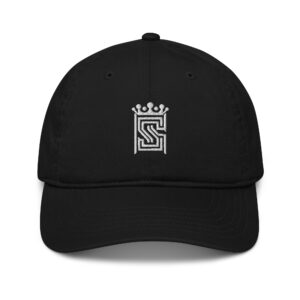
Organic Dad Hat
$40.00 Add to cart -
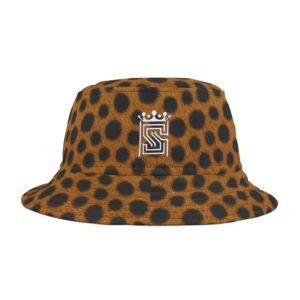
Cheetah Bucket Hat
$30.00 Select options This product has multiple variants. The options may be chosen on the product page -
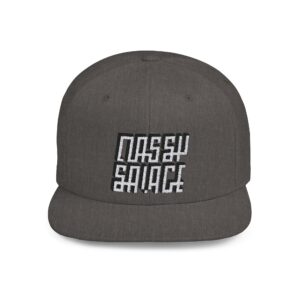
Flat Bill Snapback
$40.00 Select options This product has multiple variants. The options may be chosen on the product page -
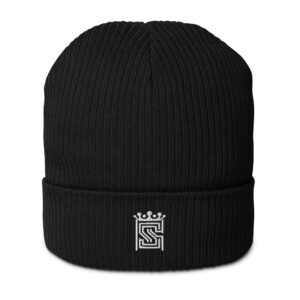
Organic Beanie
$30.00 Add to cart -
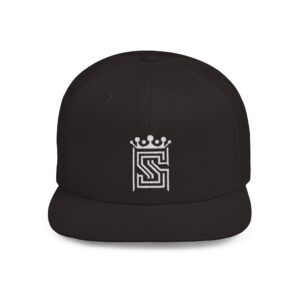
Flat Bill Snapback
$40.00 Select options This product has multiple variants. The options may be chosen on the product page -
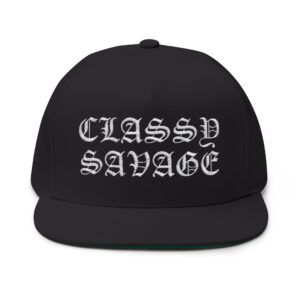
Embroidered Cap
$40.00 Select options This product has multiple variants. The options may be chosen on the product page -
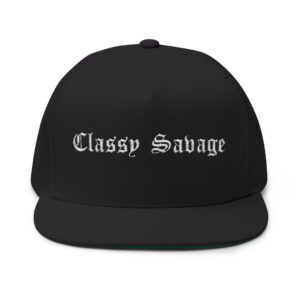
Flat Bill Cap
$36.00 Select options This product has multiple variants. The options may be chosen on the product page -
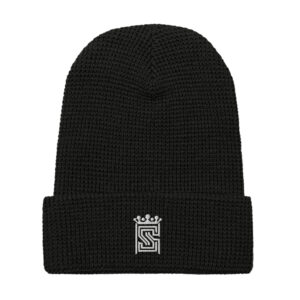
Waffle beanie
$30.00 Select options This product has multiple variants. The options may be chosen on the product page -
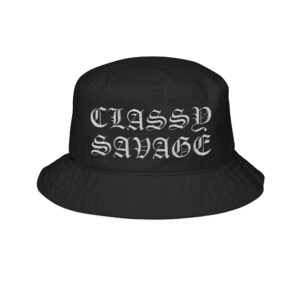
Bucket Hat
$42.00 Select options This product has multiple variants. The options may be chosen on the product page -
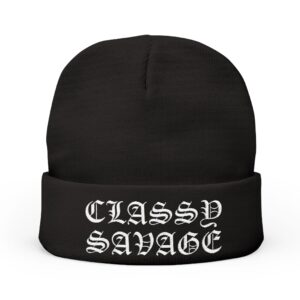
Knit Beanie
$36.00 Select options This product has multiple variants. The options may be chosen on the product page -
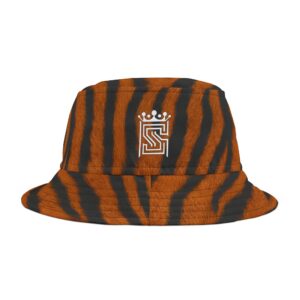
Tiger Bucket Hat
$30.00 Select options This product has multiple variants. The options may be chosen on the product page -
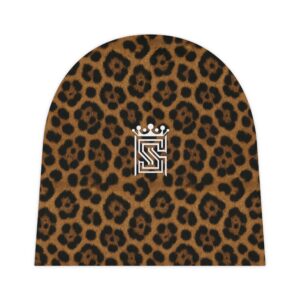
Jaguar Baby Beanie
$25.00 Select options This product has multiple variants. The options may be chosen on the product page -
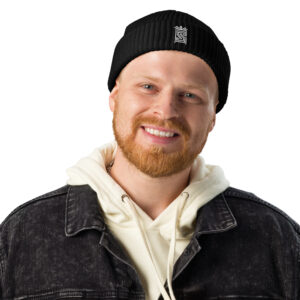
Fisherman Beanie
$30.00 Add to cart
Facts
Talk Like Pirate Day

Hoist the flag, sharpen your tongue, and let the swagger sail.
A Classy Savage Celebration
Talk Like a Pirate Day started as an inside joke in 1995, dreamed up by John Baur and Mark Summers during a racquetball game. By 2002, thanks to columnist Dave Barry, it went worldwide. Now every September 19, people across the globe drop their daily lingo and slip into “Arrr, matey” mode.
But make no mistake—pirates weren’t just cutlasses and parrots. They were outlaws, rebels, and adventurers who lived by their own codes. In a Classy Savage sense, pirates represent both edge and elegance: rum-soaked bravado mixed with velvet swagger. Talk Like a Pirate Day is more than silliness—it’s permission to live bold, speak free, and channel your inner rogue.
Vibes
Playful, rebellious, and bold—equal parts mischief and style.
How to Celebrate
- Greet friends and coworkers in pirate slang: “Ahoy!” and “Avast!”
- Host a themed party with rum cocktails and sea shanties
- Rewatch a classic pirate film (Pirates of the Caribbean, anyone?)
- Dress with subtle pirate flair—bandanas, boots, or even a gold chain
- Share your best pirate jokes or TikTok skits with the hashtag #TalkLikeAPirateDay
Pulse Check
If you had to choose, would you be a pirate captain leading with swagger—or a mysterious rogue sailing solo?
Talk Like a Pirate Day is more than play—it’s performance art for the bold at heart.
Interesting Facts
- The Jolly Roger flag was first flown in the early 1700s, striking fear into merchant ships.
- Real pirates often followed surprisingly democratic codes, splitting loot fairly among crew.
- The “Arrr!” stereotype came from actor Robert Newton’s performance in Treasure Island (1950).
Verified Links
- National Maritime Historical Society – Pirate History @ seahistory.org
- Library of Congress – Maritime Culture Collections @ loc.gov
- Smithsonian – Real Pirates of the Caribbean @ smithsonianmag.com
Popular Hashtags
#TalkLikeAPirateDay
#PirateLife
#ClassySavage
#RumAndGold
#JollyRoger
“Not all treasure is silver and gold, mate.” – Captain Jack Sparrow
“It is a blessed thing to have an imagination that can carry you off on adventures.” – Robert Louis Stevenson
“Where there is a sea, there are pirates.” – Greek proverb
Talk Like a Pirate Day is your license to drop anchor on the ordinary. Be bold, be brash, be smooth—and remember, even pirates knew the value of style and swagger.
